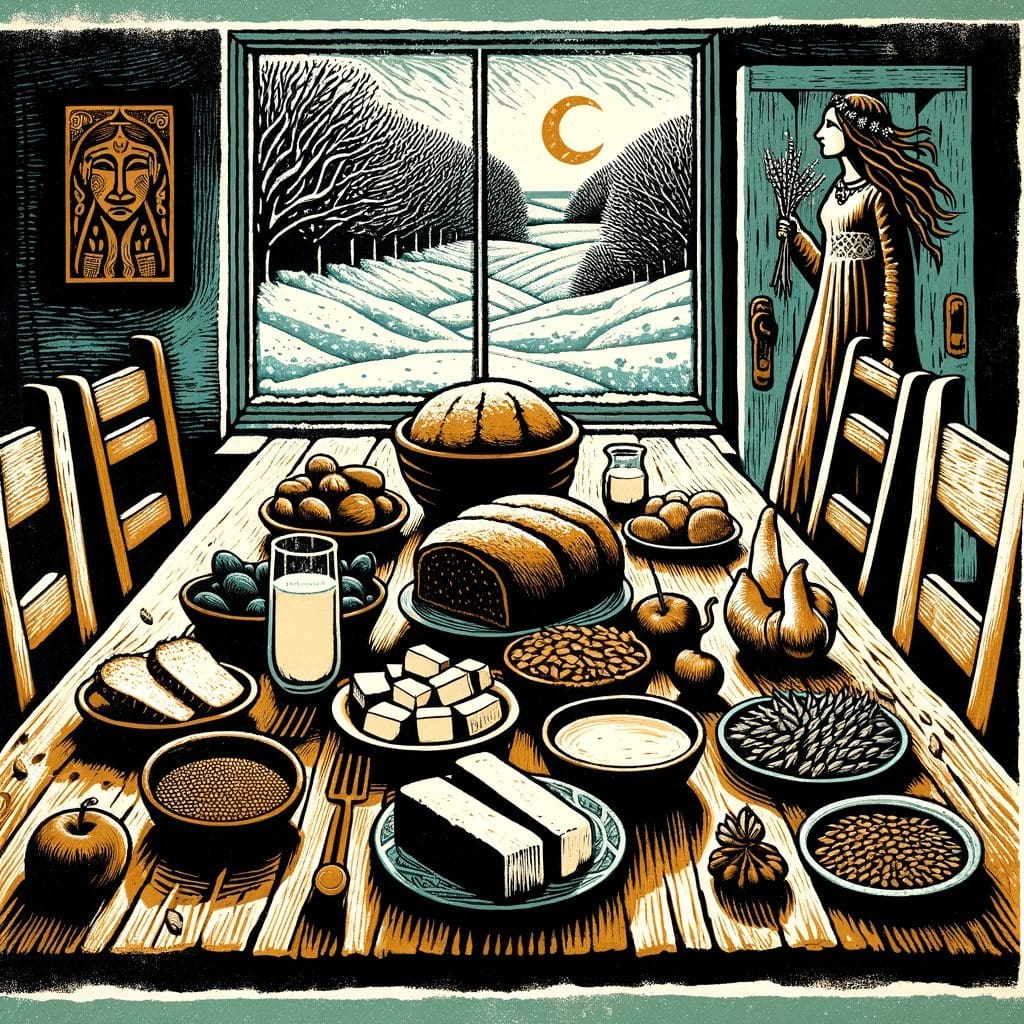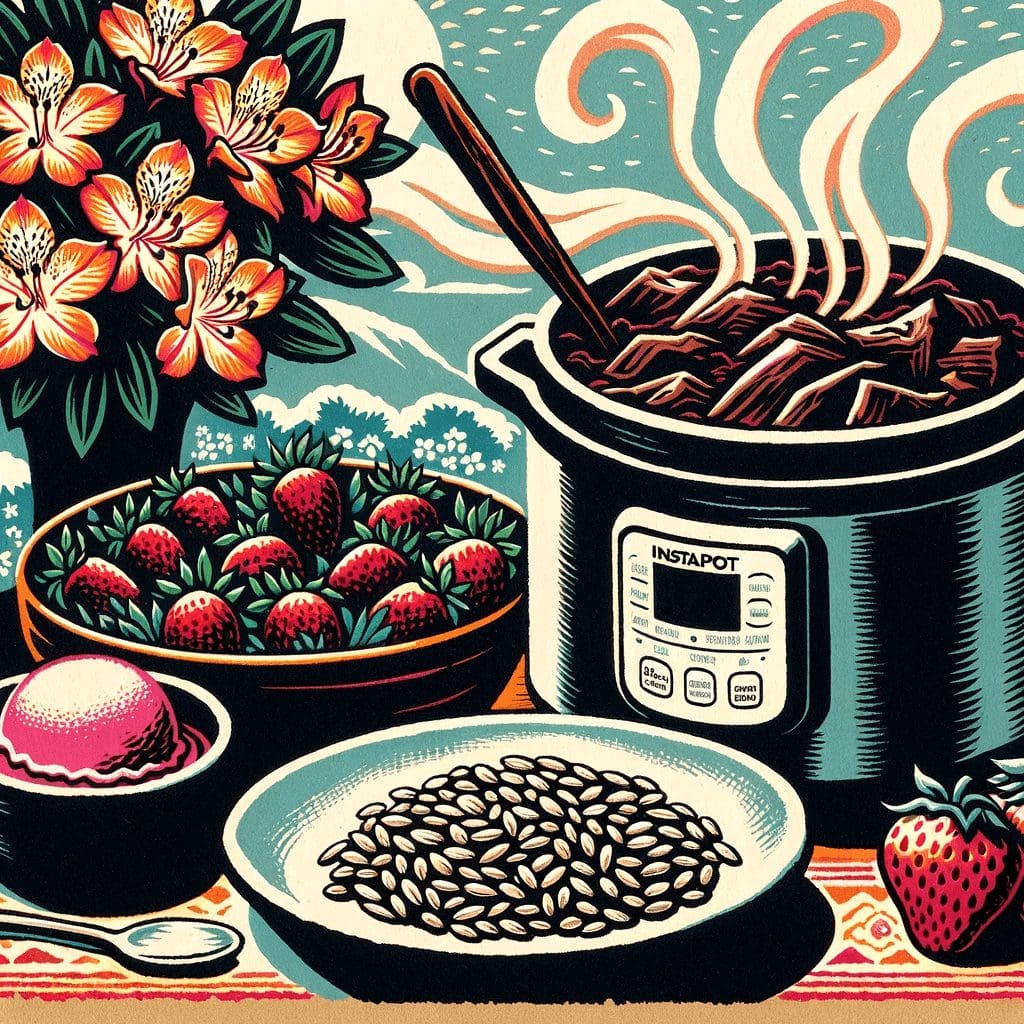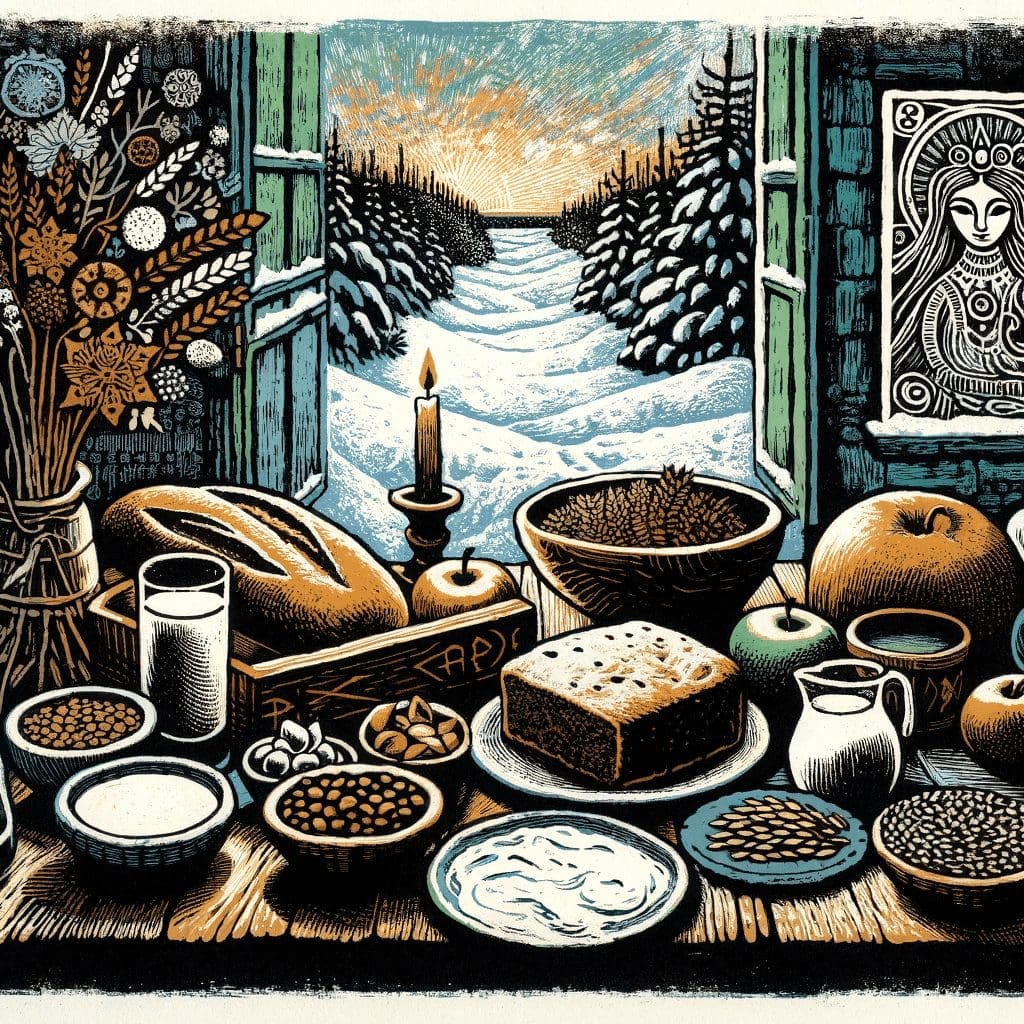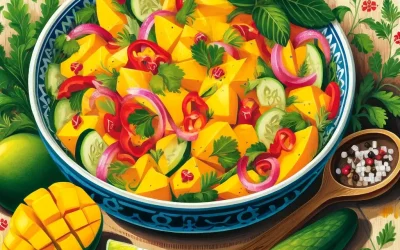Hey there, busy pagans! As we shake off the chill of winter and peek into the burgeoning warmth of spring, let’s talk about Imbolc – that sweet spot in the wheel of the year where we embrace renewal and purification.
Imbolc isn’t just a date on the calendar; it’s a vibe, a gentle nudge from Mother Nature reminding us that the sun is hanging around a little longer each day.
Rooted deeply in Celtic tradition and honoring the goddess Brigid, this festival is all about celebrating early spring’s subtle whispers and the promise of rejuvenation.
Traditional Imbolc Foods
Alright, let’s get into the culinary heart of Imbolc. This festival isn’t just about flipping the calendar page; it’s a feast for the senses, celebrating the seasonal shift from winter to spring. The foods we choose are more than just tasty bites; they’re steeped in symbolism, each ingredient whispering tales of renewal, potential, and the earth’s awakening.
- Dairy Products: Imbolc is closely associated with dairy foods. This is partly because it coincides with the lambing season when ewes begin to produce milk. Dishes like cheese, butter, and cream are often included.
- Seeds: Seeds, symbolizing the potential of the coming spring, are also a significant part of Imbolc. They can be incorporated into breads or cakes or used as a garnish.
- Bread and Cakes: Bannock, a type of bread, is especially popular. This can be a simple flatbread or something more elaborate with seeds and herbs. Other types of bread and cakes are also commonly prepared.
- Root Vegetables: Given the time of year, root vegetables that store well through the winter, such as carrots, turnips, and potatoes, are commonly used in Imbolc meals.
- Herbs: Herbs associated with purification and renewal, such as rosemary and bay, are often used in cooking for Imbolc.
- Meat Stews: In some traditions, particularly where Imbolc is more of a feast, meat stews using seasonal meats can be a part of the celebration.
- Colcannon: A traditional Irish dish made with potatoes, kale or cabbage, butter, and cream, is often served at Imbolc.
- Brigid’s Cross Bread: Bread shaped into the form of Brigid’s cross, a symbol of the goddess Brigid, who is closely associated with Imbolc, is also a popular choice.

What’s on my Imbolc Menu?
When it comes to my Imbolc menu, I’m all about easy meets traditional. Quick, tasty dishes that honor the spirit of the season.
A salad sprinkled with sunflower seeds because, well, they’re just perfect for Imbolc. My go-to is an Instapot Beef Stew – delicious and doesn’t take all day to cook.
For dessert? Strawberry Sorbet. It’s Florida’s February gift, and it’s as easy as it gets. And for decorations, I’m keeping it local with blooming Azaleas, the pride of Florida in February.

Conclusion
Wrapping this up, remember, Imbolc is not about the flash or the cash. Worked with what you have and what the earth provides. That’s the spirit we’re channeling. Whether you’re juggling a job, a family, or just trying to keep your plants alive, you can still rock Imbolc. Your menu could be a mirror of your local bounty, keeping it seasonal, simple, and soulful. Make what feels right, what fits into your schedule, and what keeps your wallet happy. This Imbolc, celebrate the season your way.
Get the Monthly Newsletter!
Craving monthly magic in your inbox? Sign up for cosmic updates, Pagan holiday guides, moon magic, and witchy tips. It's your one-stop-shop for all things mystical – no spam, just enchantment!




